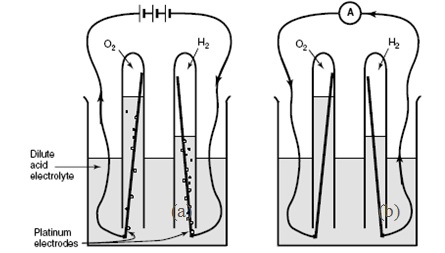Changes in temperature, sea level and Northern Hemisphere snow cover : Effect of Green House Gas (GHC) emission
RCP: Representative Concentration Pathways – Different Models


Global anthropogenic GHG emissions Source: IPCC



Crude oil Discoveries |
Year |
G bbl/Year |
 |
1960 |
60 |
||
1980 |
30 |
||
2000 |
10 |
||
2020 |
5 |
||
Crude oil Consumption |
Year |
X 10 19 J /year |
|
1960 |
25 |
||
1980 |
120 |
||
2000 |
160 |
||
2020 |
200 |
||
Crude Oil Price |
Year |
US$ / bbl (5.74 GJ) |
|
Note: crude price is highly fluctuating in last few years. 2008/09 - US$ 142 / bbl. In 2010, US$ 65 / bbl |
1960 |
20 |
|
1980 |
55 |
||
2000 |
30 |
||
2020 |
? |
bbl: barrels of oil equivalent


| Type | Energy consumption, kJ/km |
||
Well-to-tank |
Tank-to-wheel |
Well-to-wheel |
|
| Gasoline ICE | 694 |
2777 |
3471 |
| Diesel ICE | 377 |
2314 |
2691 |
| CNG ICE | 423 |
2834 |
3257 |
| H2 ICE | 1424 |
2136 |
3560 |
| Gasoline ICE-HEV | 479 |
1915 |
2394 |
| Diesel ICE-HEV | 251 |
1543 |
1794 |
| CNG-ICE-HEV | 241 |
1615 |
1856 |
| H2 ICE-HEV | 1102 |
1653 |
2755 |
| H2 FC | 771 |
1157 |
1928 |
| H2 FC-HEV | 740 |
1111 |
1851 |

Fuel Cell Makes Sense

- William Grove in 1839, 1st demonstrated H2-O2 fuel cell while working on water electrolyses. In the experiment, water is first electrolysed into hydrogen and oxygen by a power supply. When the power supply is replaced by an ammeter, a small current is observed, as the flow of electrons from the anode to the cathode. Thus he postulated that if H2 and O2 is supplied to Pt electrodes (anode and cathode) dipped in electrolyte solution, electricity is generated . He coin the word Fuel Cell (Gaseous Voltaic Battery).
- Francis T. Becon in 1939 used platinum catalyst in a hydrogen-oxygen fuel cell. Developed further with Parsons & Co Ltd, King’s College University College of London, University of Cambridge and patented it in 1954
- Applied in Apollo Mission in 1965: 3 FCs 463-1463 Watt by NASA for space program

Fig (a)The electrolysis of water into hydrogen and oxygen. (b) The combination of hydrogen and oxygen to produce electric current (demonstrated by William Grove in 1839)
Larminie and Dicks, Fuel cell systems explained, John Wiley and Sons, Inc., 2006
- Fuel cells are silent as there are no moving part and hence long lasting and highly reliable.
- No undesirable products like SOx, NOx and particulate emissions are virtually zero.
- Fuel cells are not subject to the Carnot efficiency limit. If there is no ‘irreversibility’ the efficiency could be 100%.

